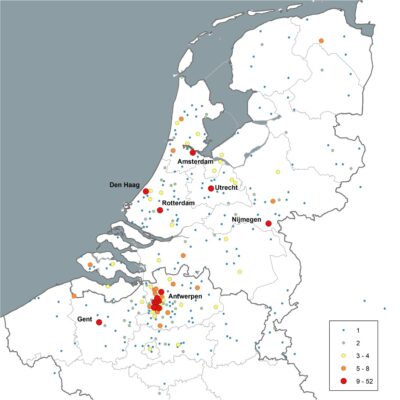New publication – Socioeconomic Disparities in Neurodegenerative Disease Mortality
INEQKILL-researchers Janna Dinneweth and Sylvie Gadeyne investigate the association between socioeconomic position (SEP) and mortality from neurodegenerative diseases in this new publication. Discover what they found out. Abstract The article looks at the impact of income and education on dementia, parkinsonism, and motor neuron diseases (MNDs) calculating age-standardized mortality rates…



